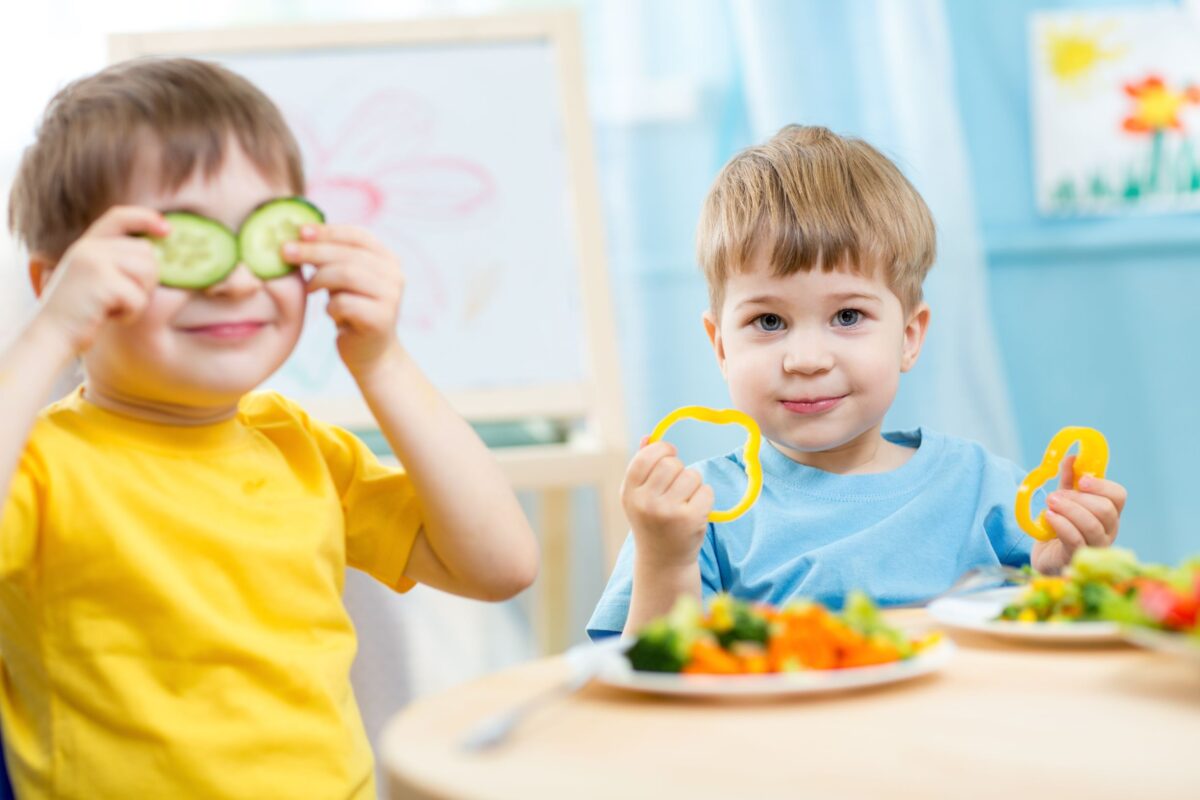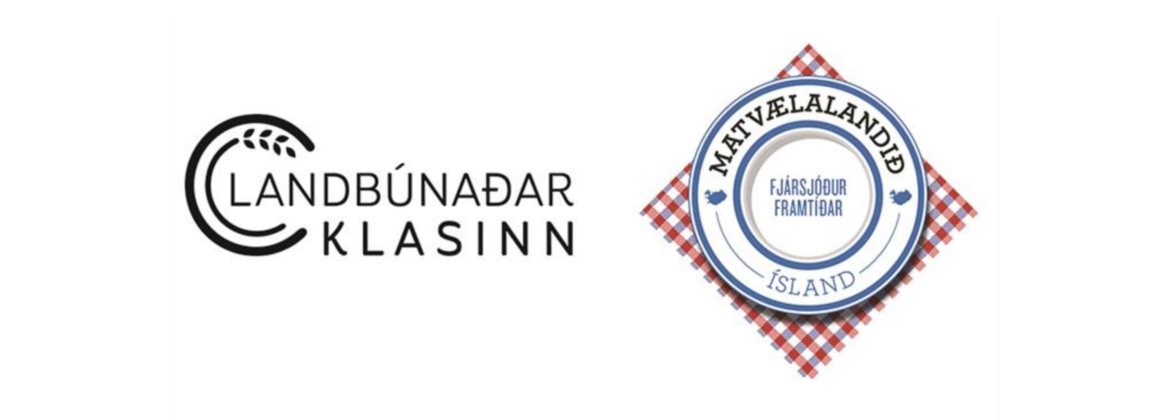Askurinn 2019
The Icelandic Food Craft Championship, Askurinn 2019, will take place in November. Registration closes today, November 4th, and competitors will submit competition products to Matís on November 19th. Judges' work and professional evaluation of the competition products will take place at Matís on 20-21. November. The results of the competition and prize giving will be announced at the Food Festival in Hvanneyri on November 23 at 14:00. Matís ohf is responsible for the competition in collaboration with Matarauð Íslands. Partners in the award ceremony are the West Iceland Strategy, the West Iceland Marketing Agency, the Agricultural University of Iceland.
A competition in food crafts is for producers of food crafts based on the Swedish model, Svenska Mästerskapen i Mathantverk. also called Særimner, has been held annually, with a good reputation since 1998 Eldrimner which is the Swedish National Center for Food Crafts. The competition involves producers receiving a professional assessment of the quality of the product and a prize, the Askurinn, is awarded for the products that are considered to excel. Winners will receive a certificate of recognition and permission to mark the winning products with an appropriate sticker, gold, silver or bronze box, with the logo of the competition and the year. The markings on prize products may be used until the next competition. The gold medalist is also the Icelandic Champion in the relevant category.
A food craft competition was held for the first time in the autumn of 2014 in collaboration with Matís and New Nordic Food (Ny Nordis Mad). The competition was very successful, 110 products took part in 8 food categories from all the Nordic countries. The winners received good media coverage and some of them are still using this recognition in their marketing work.
What is a food craft?
Food craftsmanship is about creating products with an emphasis on unique taste, quality and not least image, which industry can not create. The emphasis is on the use of local ingredients, production in small quantities that are often regional. Food craft products are wholesome, without unnecessary additives and products that can be traced back to the source. The hallmark of food craftsmanship is to use the raw materials, manpower and know-how available on site, throughout the entire production chain. In food crafts, the emphasis is on developing traditional products for today's consumers.














